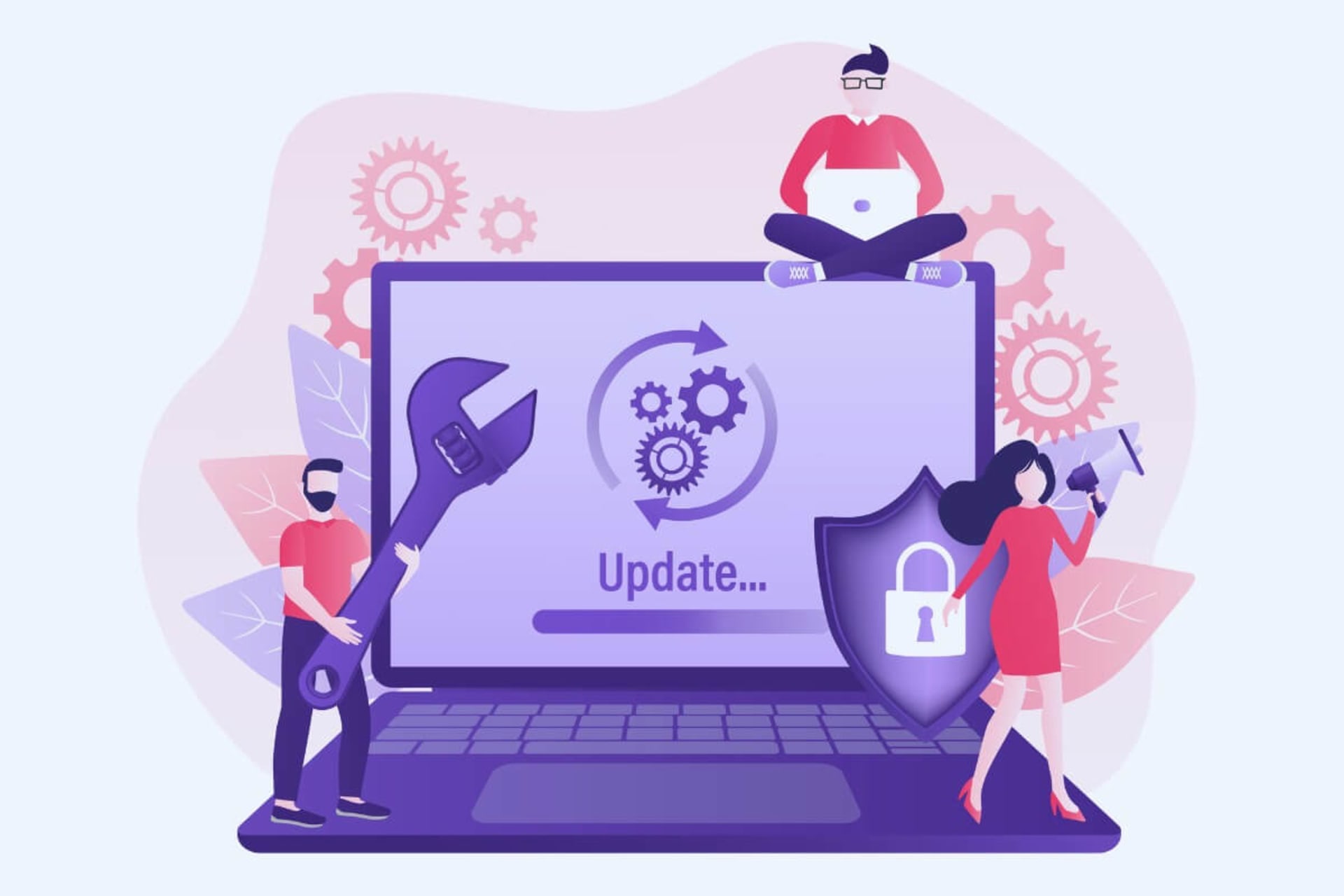Technology is ever evolving, and every day something new appears on the market. Businesses need to constantly adapt and update their strategies to avoid lagging. Embracing digital transformation allows companies to improve their inner processes as well as their interactions with customers.
Digital transformation frameworks allow businesses to leap into the digital world. However, before companies begin to take advantage of such frameworks, they must dive deeper into understanding the different stages of digital transformation, the benefits of using these tools, and how to choose the right one.
What Are the Stages of Digital Transformation?
Digital transformation is one of the biggest trends for businesses today. Different digital transformation frameworks have different structures and steps, but most of them follow a common thread. They aim to align people, processes, and the most effective technologies that’ll help a company reach its goals. There are typically six main stages of digital transformation:
- Business as usual. During this stage, businesses tend to stick to what they know and have a hard time changing their goals and experimenting. Digital transformation comes into play to change mindsets and allow businesses to become more flexible in their approaches.
- Present and active. Here, the company has already established the need for digital transformation. Small experiments begin to help the company understand what strategies work best.
- Formalized. By now, experimentation becomes habitual and intentional. Decisions start leading to higher success rates. At this stage, companies feel the need to hire dedicated support to help complete this stage of digital transformation.
- Strategic. In this stage, businesses create strategic plans and invest in newer tech that helps with transformation. Different departments start working together, providing different points of view and solutions for different problems.
- Converged. Once a strategy is in place, it’s time for the company to create a dedicated team that will complete the digital transformation process. This team must effectively implement all strategies to make sure the company reaps the benefits of the transformation.
- Innovative and adaptive. At this stage, companies achieve real digital transformation. They can then easily adapt to any new technology that might appear in the market and continuously evolve and grow.
What Is a Digital Transformation Framework?
A digital transformation framework is a tool used by company leaders, consultants, and analysts to improve the overall business. These tools gather and analyze data and use that information to create a formal plan to help the company grow.
Digital transformation frameworks help businesses understand their strengths and weaknesses and create checklists, benchmarks, and process sequences to improve their performance and evolve while becoming more digital-friendly.
Good digital transformation frameworks also help companies keep track of their goals, track progress, and identify certain areas that require more attention and work. The strategies these platforms come up with are extremely adaptable and can easily incorporate whatever type of new technology might come up in the future.
What Are the Core Elements of Digital Transformation?
There are a few core elements that are essential for an effective digital transformation strategy. They include (but aren’t limited to) good leadership, culture change, communication, data refinement, and results.
It takes a visionary leader to come up with a good digital transformation strategy that transforms and improves a business. They must also have the ability to effectively communicate with their employees to prepare them for the massive culture change that comes with digital transformation.
This process generates huge amounts of data; however, data means nothing if companies don’t know how to refine it and use it. It takes a lot of insight to create effective models, systems, and frameworks that actually improve a company’s productivity and create ongoing success.
It’s then time to evaluate the results. This step brings the leaders back to the data, to come up with even better models and processes that will help them continue to grow. Here’s where the company calibrates its digital transformation strategy, aiming for increasing success.
Choosing the right digital transformation framework involves deep knowledge of the company’s issues and understanding what requires improvement. Leaders should try finding a suitable platform that’ll seamlessly adapt to the specific needs of their organization.
The digital transformation framework should help leaders get a hold of the company’s issues, easily break them down into smaller steps, and come up with cohesive and logical ways to overcome them while the company embraces digital transformation.
How to Choose the Right Platform
Digital transformation framework platforms are vital for companies embracing the digital transformation era. They help companies focus on relevant areas like customer value, market position, and competitors, guiding them throughout the entire process.
Some of the most popular digital transformation framework platforms include Cognizant, Gartner, McKinsey, and Capgemini. They’re highly regarded for their simplicity, company culture integration, and customer-centric functionalities. These platforms are cost-effective, efficient, and secure. They give companies a competitive edge and help them deal with any tech issues related to computing, massive data flows, and using different devices.
These platforms also keep track of a company’s goals, task progress, and different areas that require more work. This helps leaders understand exactly where to put their efforts and focus without any distractions. Digital transformation platforms are essential tools for any business looking to embrace technology and modernize its processes with success.
Nowadays, staying behind when it comes to technology puts businesses in dire situations, causing them to lose ground with their competitors. To keep up with technological demands, business leaders should consider using digital transformation frameworks as they are helpful tools that guide the entire company on its quest to become more digital and successful.
Different businesses will benefit from different frameworks as they have variable needs. Fortunately, there are many platforms to explore until each company finds the one that suits them best. The right digital transformation framework helps companies become more efficient and productive, improve customer relationships, and even increase sales.






